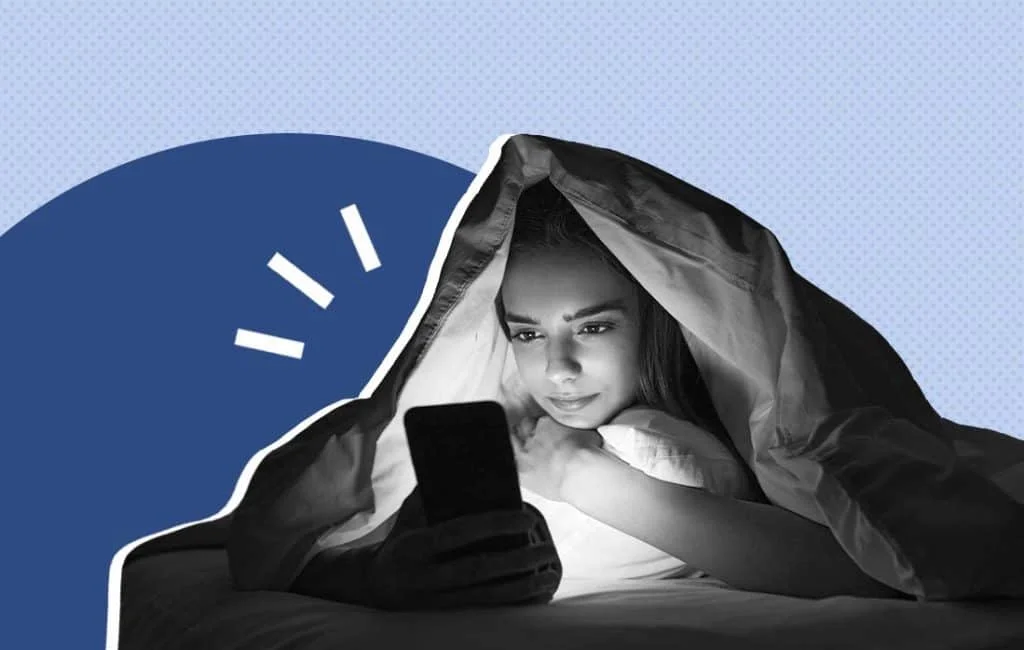
ASMR, or autonomous sensory meridian response, is a warm, tingling sensation often paired with a sense of calm and relaxation. Social media has exploded with videos, shorts, and audio of content creators attempting to evoke this reaction in their viewers using sounds and visuals such as whispering, tapping wooden spoons, or scraping velcro with fingernails.
Consumers of ASMR, mostly Gen Zers, use it to relax, feel sleepy, and relieve stress and anxiety. Not everyone gets that tingly sensation — paresthesia from ASMR, but even without it, proponents claim it helps with relaxation and calm. Viral Tiktok videos, such as a 10-minute one from jojoasmr, with over 31 million views, claim to put you to sleep before the video is over.
There are at least 10 million ASMR videos available on the Internet; however, there have been relatively few studies on its use or effects. So, how likely are videos like his to send you to dreamland in less than 5 or 10 minutes? We spoke to sleep experts to find out.
How Does ASMR Help You Fall Asleep?
Research published in the Journal of Affective Disorders showed that ASMR is associated with relaxation, a better mood, and relief from insomnia, primarily for those who experienced the tingling feeling and those with depression.
“ASMR seems to stimulate areas of the brain that produces neurohormones associated with calming and sleep, such as dopamine and oxytocin, and endorphins,” says Faisal Tai MD, Board Certified Psychiatrist and CEO of PsychPlus. And according to research, 82 percent of people who use videos or audio clips to induce ASMR use them to fall asleep.
“Not everyone experiences ASMR; however, people that do say it feels like a body tingle or relaxation, so most of the data we have is anecdotal,” says Dr. June Seliber-Klein, MD DABPN, and sleep board-certified Chief Medical Officer of Ognomy Inc.
Seliber-Klein explained that people studied who feel ASMR experience a slow down of their heart rate while watching ASMR videos. “A decreasing heart rate is often a sign of increased relaxation, so there is a likelihood that if you are sensitive to ASMR, it will help you relax and fall asleep,” she says.
How to Use ASMR to Help You Sleep
Each unique ASMR technique helps different people — in other words, what helps one person relax and fall asleep may excite or irritate another. Seliber-Klein points out that one of the most commonly successful sleep onset ASMR videos is quiet whispering, so if you’re unsure what might work for you, start there.
Tai explains that ASMR can be tried in a variety of ways. For example, some people prefer not to be disturbed by video, so an audio-only approach is best, while others might want to try and use it just for relaxation before shutting down technology for sleep.
Scientists have grouped triggers of ASMR into five categories: watching, touching, repetitive sounds, simulations, and mouth sounds. But some triggers don’t fit into any of these categories. Researchers stress that ASMR is highly personal and exists on a broad spectrum, so your best bet is to try various types and see what works for you.
Potential Drawbacks of ASMR Videos
If ASMR works for you, there’s little reason not to try it. However, the potential downside of videos is irregular noise. “Perhaps part of the video gets louder or has a surprising sound or ends, and it goes to another video which is not relaxing,” explains Seliber-Klein. Anytime you fall asleep with a certain level or type of sound, and a change in volume or content occurs, it will disrupt your sleep onset, according to Seliber-Klein. Even if the video is consistent and well made, platforms such as Tiktok can auto-play another video that shocks you awake, disrupting your sleep and, for some, sending your heart rate soaring.
Tai warns that, like all treatments, potential downsides include becoming overly dependent on the specific treatment. “Researchers have only recently begun to study ASMR, so there’s still a good bit they still have to learn about it,” he adds.
Alternatives to ASMR
A white noise machine can be a helpful alternative to ASMR videos. “White noise is a stable sound that doesn’t vary in frequency, pitch, or volume, so this can be maintained throughout the entire night,” explains Seliber-Klein.
Although white noise is the most well-known, other colors of noise, such as brown, pink, or purple, are being studied for their potential sleep-inducing and calming effects, particularly in people with ADHD. Sounds such as wind, rain, rushing water, and noises that include lower frequencies can all have soothing and sleep-promoting qualities in many people (scientists have been studying these effects for over 20 years). Trying a range of these types of sounds is a good strategy if you want to find the perfect notes to help you drift off.
Sources
Sakurai Noriko, Nagasaka Kazuaki, Takahashi Shingo, Kasai Satoshi, Onishi Hideaki, Kodama Naoki; “Brain function effects of autonomous sensory meridian response (ASMR) video viewing;” Frontiers in Neuroscience, VOLUME 17, YEAR 2024; https://www.frontiersin.org/articles/10.3389/fnins.2023.1025745; 10.3389/fnins.2023.1025745; ISSN=1662-453X
Tom Smejka, Luci Wiggs, “The effects of Autonomous Sensory Meridian Response (ASMR) videos on arousal and mood in adults with and without depression and insomnia,” Journal of Affective Disorders, Volume 301, 2022, Pages 60-67, ISSN 0165-0327, https://doi.org/10.1016/j.jad.2021.12.015.
Tai, Faisal. Author interview. July 2024.
Seliber-Klein, June. Author interview. July 2024.
Pickens TA, Khan SP, Berlau DJ. White noise as a possible therapeutic option for children with ADHD. Complement Ther Med. 2019 Feb;42:151-155. doi: 10.1016/j.ctim.2018.11.012. Epub 2018 Nov 13. PMID: 30670235.


























